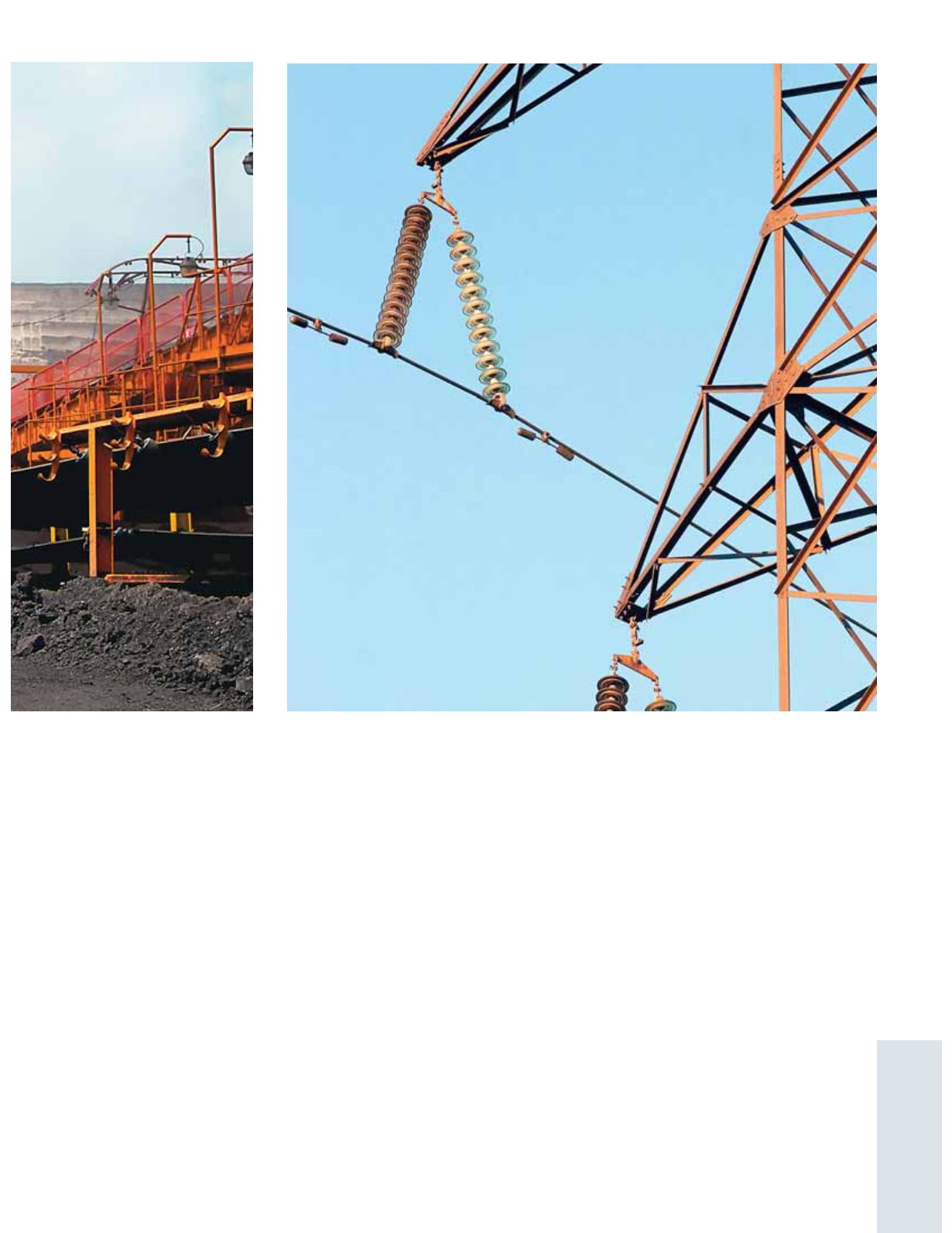
Trans-Adriatic Pipeline (TAP), the construction of
which has already started, creating economies of
scale in Northern Greece, places Greece dynam-
ically in the natural gas supply map. This project
goes hand in hand with an overall extension and
upgrade of the National Natural Gas System. The
upgrade of the Liquefied Natural Gas (LNG) ter-
minal on Revythousa was instrumental in this, as
it substantially increased the capacity of the sys-
tem and laid the groundwork for enhancing its
extroversion.”
Another major development was the selection of
Thrace as a point of entry of the vertical natural
gas supply corridor, which will potentially lead to
the heart of Eastern Europe. A decisive step
towards this direction is the construction of the
Greece-Bulgaria Interconnector (IGB), which will
start at Komotini and its study is at a very
advanced stage. Apart from the above develop-
ments, there is also increased activity in regard to
the plan for the transportation of natural gas from
the SE Mediterranean region directly to European
underway, especially in regard to power grids:
1. Extension of the transmission system, through
the interconnection of the Cyclades and Crete
with the Peloponnese and, on the long term, of
Crete with Attica;
2. Upgrading and modernisation of the existing
infrastructure of the transmission network;
3. Enhancement of research and innovation, in
order to speed up the transition to a new net-
work era, where energy will be connected to
digital technology.
Greece’s transformation into a
regional energy hub of strategic
importance
The government places great emphasis to inter-
national energy projects that upgrade Greece’s
geostrategic role.
As Mr. Stathakis says: “We are systematically
working towards upgrading the country into a
strategic energy hub, with a key role in South-
eastern Europe and the Mediterranean. The
Trade with Greece
101


